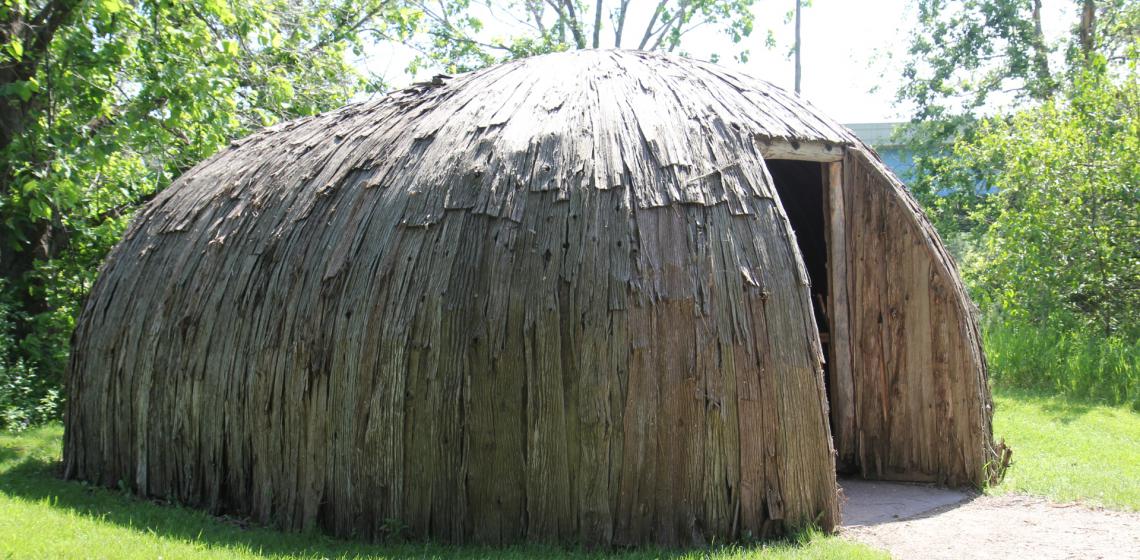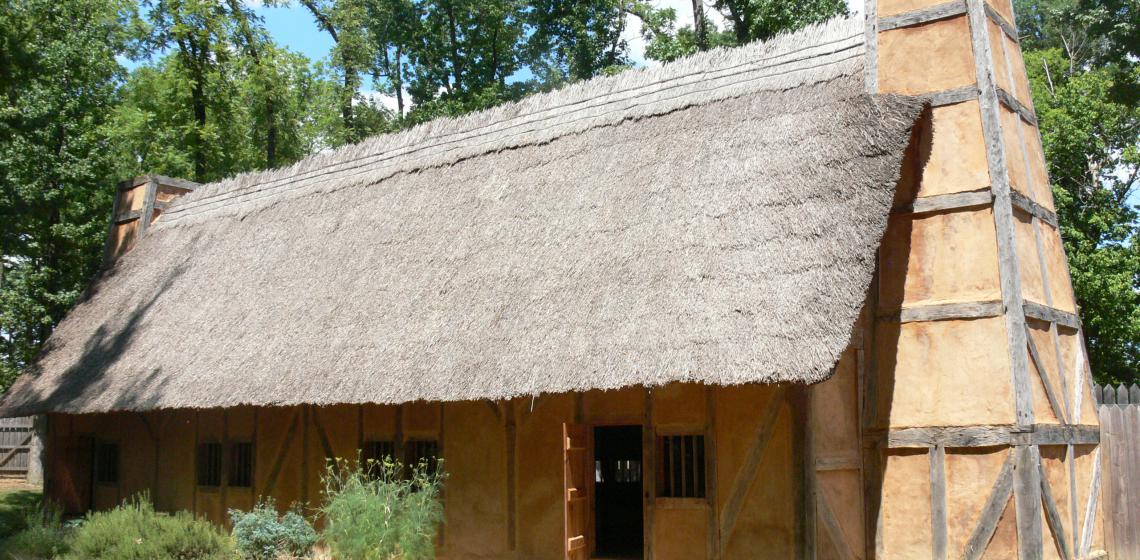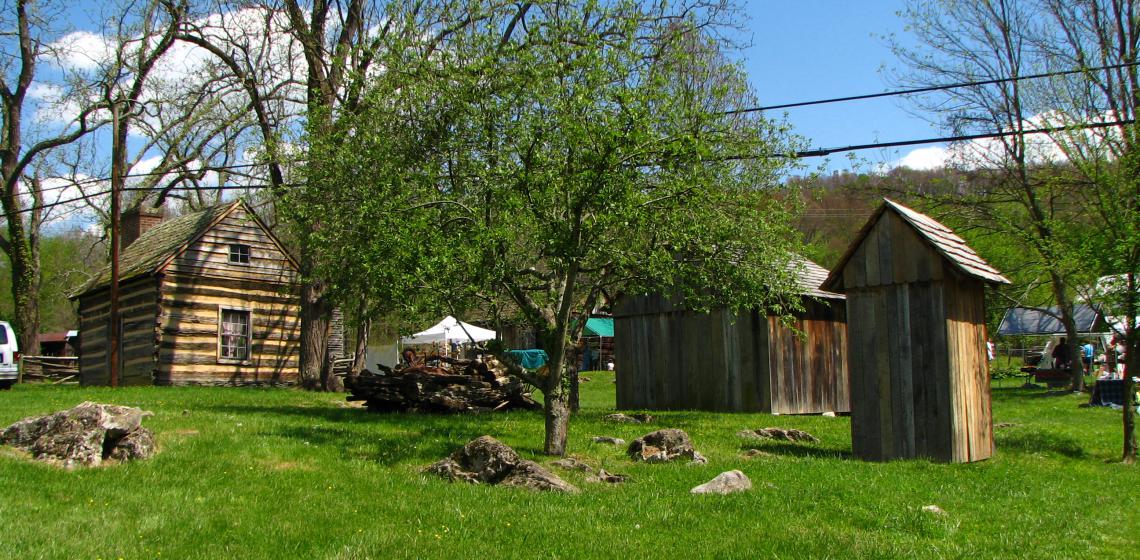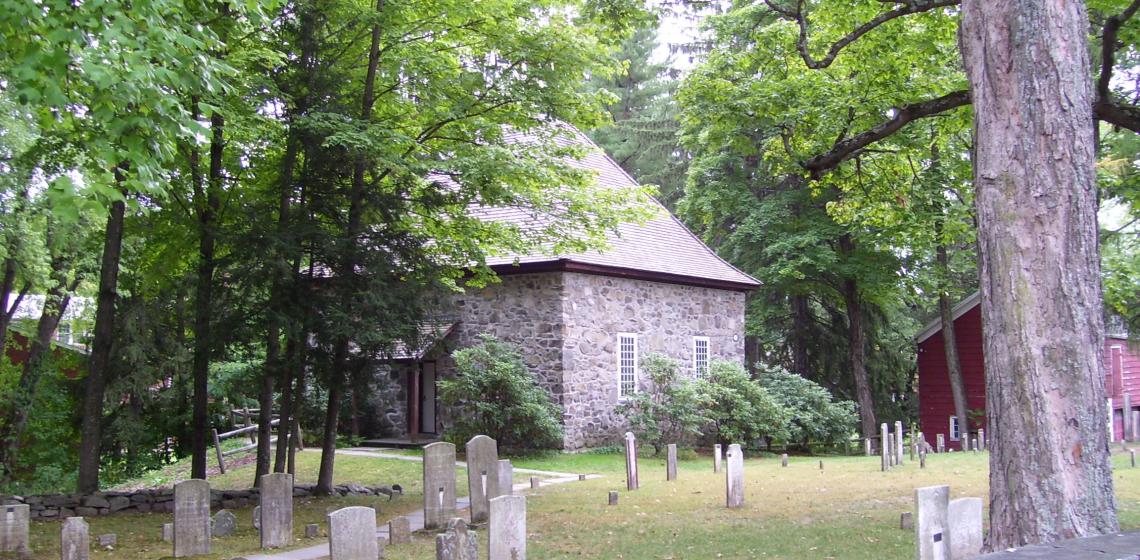In 1677, a group of Huguenot families established a community in the Hudson Valley of New York in the hope of creating a home where they could worship as they chose. In 1894, their descendants formed what is now Historic Huguenot Street to protect their legacy in the buildings, objects, and stories they left behind.
In 1677, a group of Huguenot families established a community in the Hudson Valley of New York in the hope of creating a home where they could worship as they chose. In 1894, their descendants formed what is now Historic Huguenot Street to protect their legacy in the buildings, objects, and stories they left behind.









